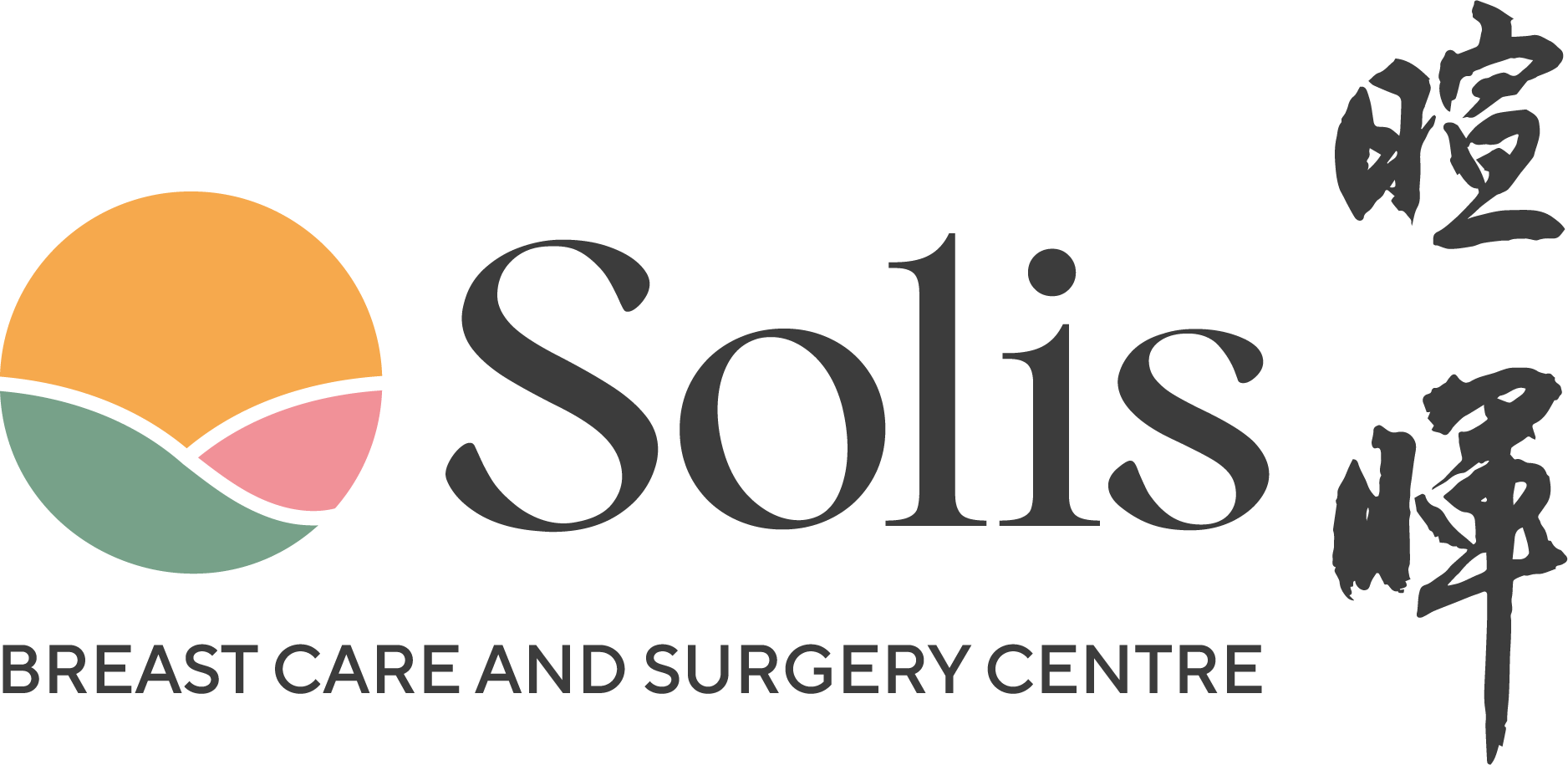Breast scans in 3D – New technology offers more accurate detection of breast cancer
Mammograms help women detect breast cancer early, often when a tumour is too tiny to feel. In Singapore, most standard mammograms are in 2D, where two X-ray pictures are taken of each breast from two different angles.
Now, new technology offers a three-dimensional view of each breast, allowing doctors to pinpoint problems more accurately.
3D mammography is an advanced form of breast screening where x-rays along a continuous arc are captured and reconstructed by computer into digital images. It is similar to CT scans in which a series of thin photographic ‘slices’ are assembled together to create a 3D reconstruction of the breast.
This new technology is expected to help in the earlier detection of breast tumours that may not be clear on conventional mammograms. This is because 3D imaging provides clearer slices abnormalities at different depths within the breast tissue which appear as overlapping structures on 2D imaging.
“Breasts are made up of milk ducts, glands and supportive breast tissue as well as fatty tissue. Dense breasts consist of more glandular tissue than fatty tissue,” explained Consultant Radiologist Dr Eugene Ong, Director of Luma Women’s Imaging Centre, “Dense tissue and tumours both appear white on a traditional mammogram. Tumours may be camouflaged when projected over the white background of overlapping glandular tissue and may not be detected on 2D imaging as a result. 3D mammography allows doctors to see through the dense areas. Many scientific papers show definite benefit in breast cancer detection over standard 2D mammograms.”
The screening process is also different. During a 2D mammogram, a technician will compress each breast between two transparent plates to spread out the breast tissue and make it as uniform as possible. Many women find the breast compression uncomfortable and even painful.
In a 3D screening, less pressure is needed. Patients who have experienced 2D mammography in the past now report less discomfort during 3D imaging. An imaging arm moves in an arc over the breast, continuously taking many x-rays from different angles.
Risks from the procedure are minimal. All mammograms emit radiation but the doses are very low and well within safety guidelines. Some of the newer 3D machines even use less radiation than the older 2D machines.
With breast cancer accounting for almost 30% of all female cancers in Singapore, the Health Promotion Board recommends that women over the age of 40 should schedule annual mammograms after consulting a doctor on the benefits and limitations of mammogram at this age. Women above 50 years old should have a mammogram once every two years. It is advisable for women with a family history of ovarian and breast cancer to consult a doctor to discuss their risk factors and earlier screening if required. Early detection and treatment of breast cancer provide better outcomes for beating the disease.
Other than going for breast imaging as part of a breast cancer screening program, new ways of screening for breast cancer are being developed. With the advancement of science, breast cancer can now be identified through a blood test, MastoCheck. It is a test that identifies specific proteins that indicate the probability of early breast cancer in the body. MastoCheck coupled with breast imaging increases the sensitivity and accuracy of early breast cancer detection.
Article contributed and reviewed by Solis Breast Care and Surgery Centre and Luma Women’s Imaging Centre.




